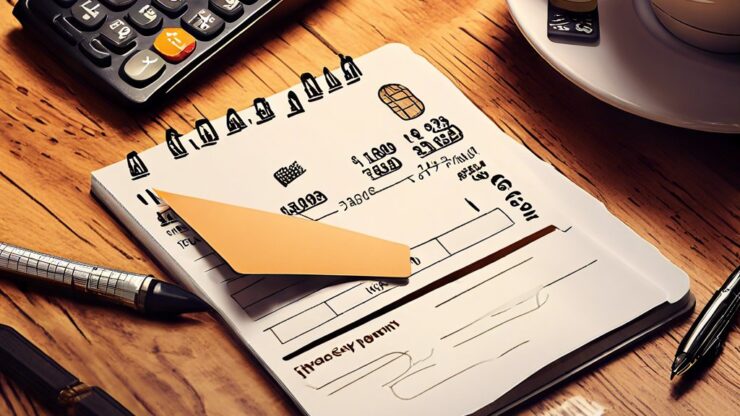Every month, millions of credit card holders face the daunting task of managing their finances while ensuring they meet their credit card obligations. One crucial aspect of this responsibility is understanding the minimum payment. This article will delve into what minimum payments are, how they are calculated, and why they matter in the grand scheme of your financial health.
The Mechanics of Minimum Payments
At its core, a minimum payment is the smallest amount you can pay on your credit card bill to keep your account in good standing. But how is this amount determined? Credit card issuers typically calculate it based on a percentage of your outstanding balance or a fixed dollar amount, whichever is higher. This means that your minimum payment can fluctuate significantly from month to month, depending on your balance. Understanding this mechanism can empower you to manage your debts more effectively.
The Consequences of Paying Only Minimums
While it might be tempting to pay only the minimum, doing so can lead to a spiral of debt that is difficult to escape. Paying just the minimum can extend the time it takes to pay off your balance and increase the total interest paid over time. This section will explore the potential pitfalls of this practice and offer insights into how to avoid falling into this trap.
Here’s a comparison of the impact of paying only the minimum payment versus paying more:
- Scenario 1: Outstanding Balance: $1,000, Annual Interest Rate: 18%, Minimum Payment: $25
- Scenario 2: Outstanding Balance: $1,000, Annual Interest Rate: 18%, Payment: $100
| Scenario | Months to Pay Off | Total Interest Paid |
|---|---|---|
| Minimum Payment | Approx. 6 years | $500+ |
| Paying More | Approx. 1 year | $80 |
Strategies for Effective Payment Management
To maintain healthy credit and avoid the pitfalls of minimum payments, consider implementing a strategic payment plan. This may include budgeting to pay more than the minimum, using windfalls or bonuses to reduce your balance, or consolidating debts under lower interest rates. By adopting a proactive approach to your credit card payments, you can take control of your financial future and reduce the burden of debt.
Disclaimer
This article has been created or edited with the support of artificial intelligence and is for informational purposes only. The information provided should not be considered investment advice. Please seek the support of a professional advisor before making any investment decisions.






